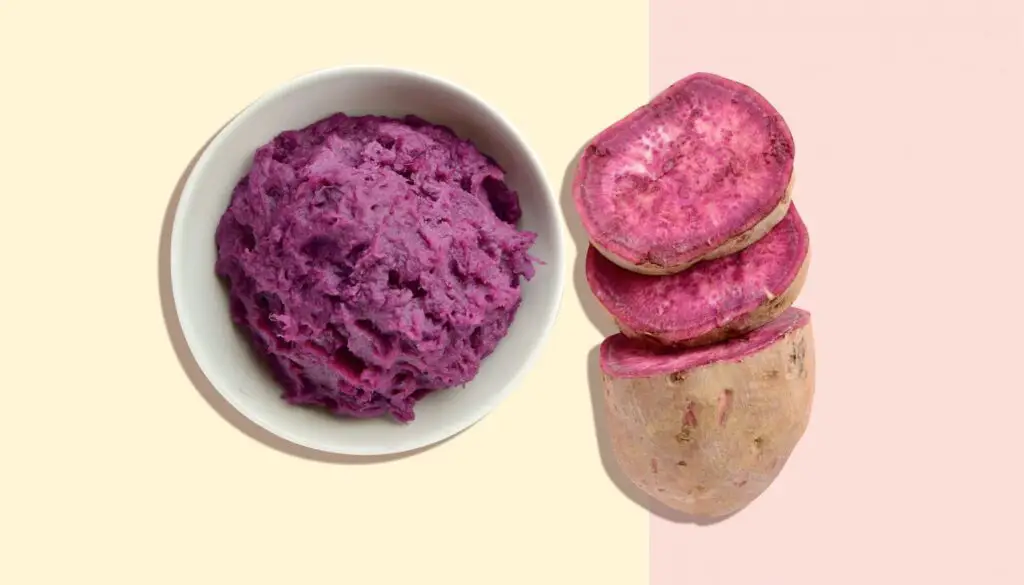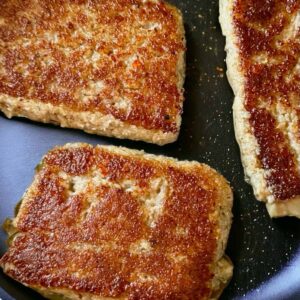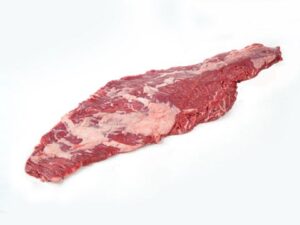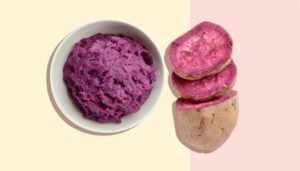
Introduction
The Philippines is the birthplace of the purple yam known as ube. The meat of ube is bright purple, and the outside is brown and bark-like. Often used in pastries, ube tastes and smells sweet and nutty.According to Balingit, ube is frequently used in Filipino delicacies such as ube halaya, or ube jam, which is created by boiling and mashing ube, coconut milk, evaporated or condensed milk, and butter. It can be consumed on its own or added to pastries, desserts, and ice cream. Ube and macapuno, or coconut sport, a jelly-like treat, are combined to make ube macapuno, a chiffon or sponge cake. Condensed milk and toppings, such as ube ice cream or ube halaya, are added to shaved ice to create the refreshing delicacy known as halo-halo.
What Does Ube Taste Like?
Balingit compares the flavors of ube to those of vanilla and pistachios, describing it as sweet and nutty.
Ube vs Taro: What’s the Difference?
Although both taro and ube (sometimes called purple yam) are starchy root crops, their appearance, flavors, and culinary applications are different. Here, Balingit lists the distinctions between taro and ube.
Compared to taro, which has a smoother, lighter brown skin and pale, creamy flesh, ube has a brown, bark-like exterior and bright, purple flesh. Taro becomes purple when steamed and mashed, therefore cooked taro resembles ube more.
Taste: Taro has a slightly sweet, earthy, nutty flavor profile, while ube has a more noticeable vanilla flavor with a hint of nuttiness.
Uses in cooking: Taro is used in savory recipes, whereas ube is utilized in desserts. Taro is also frequently used in Filipino cooking to thicken stews like sinigang, a filling stew made with tamarind.
How to Use Ube
Many delicious foods can be made with ube. In the Philippines, ube and coconut are a common combination that works well for these Ube-Coconut Sticky Buns. A Filipino confection known as ube halaya (ube jam, seen above) is created of mashed ube, coconut milk, evaporated or condensed milk, and butter. It is used to flavor and add vibrant color to the dough, filling, and frosting. In frozen desserts, like this Ube-Coconut Ice Cream, ube and coconut work well together.
The sticky texture and sweet, earthy flavor of ube halaya are complemented by the nuttiness of ube extract. The combination of these ingredients, together with a small amount of coconut cream in the ice cream base, results in a highly flavored and vibrant scoop that is almost perfect for social media posts. With the addition of ube extract and ube halaya (ube jam), these Ube Crinkle Cookies (seen above) receive twice as much ube. A stunning burst of purple is added to these chewy cookies with a little purple food coloring.
Since it can be difficult to acquire fresh ube, Balingit suggests searching for rehydratable ube powder or frozen grated ube in the grocery store’s freezer area. You can also buy ube halaya already prepared.
What does ube taste like?
The unique taste of ube has a little vanilla undertone and a somewhat nutty flavor. Dessert dishes benefit greatly from its coconut-like scent. To enhance its sweetness, ube is typically cooked, mashed, and combined with condensed milk.
Is ube the same as sweet potato?
For those who are unaware, ube, which is pronounced “ooh-bae,” is a starchy vegetable that is sometimes referred to as a purple yam. Although they are similar and can be used in recipes, it is not the same as purple sweet potatoes. The purple Stokes Purple sweet potato and Okinawan sweet potato are frequently mistaken for ube.




